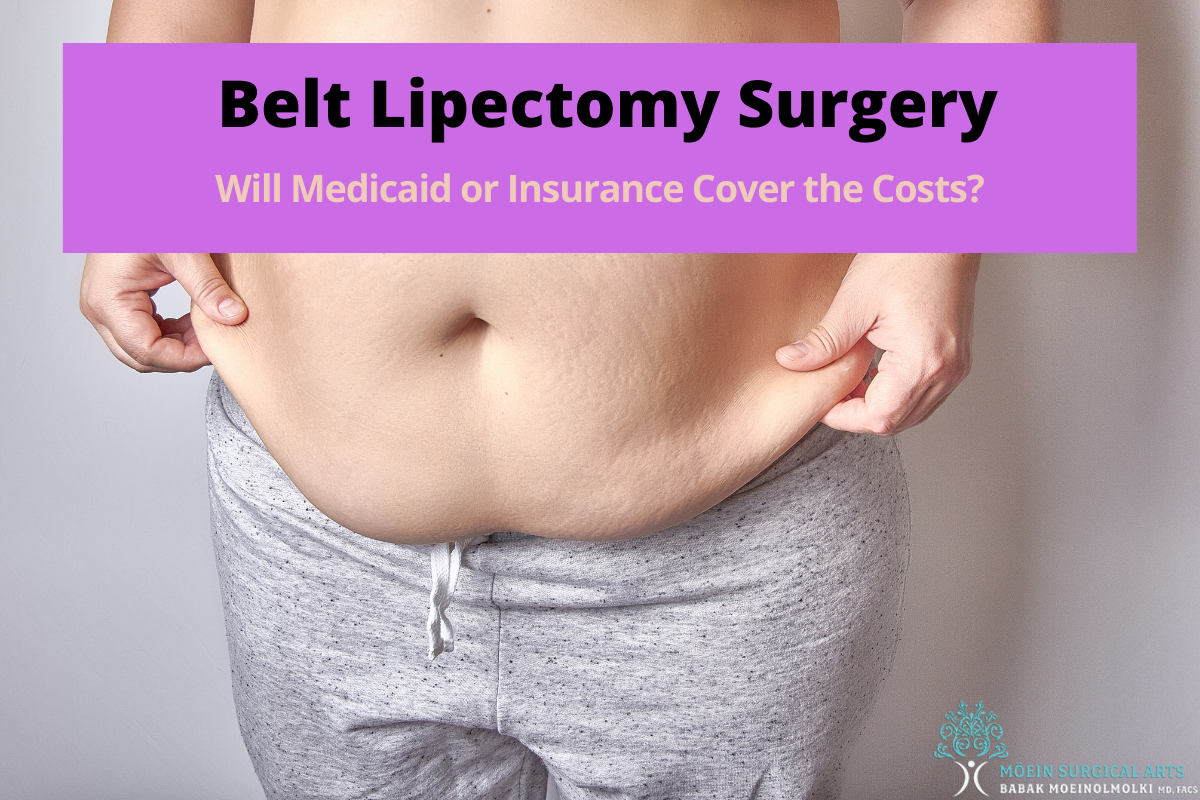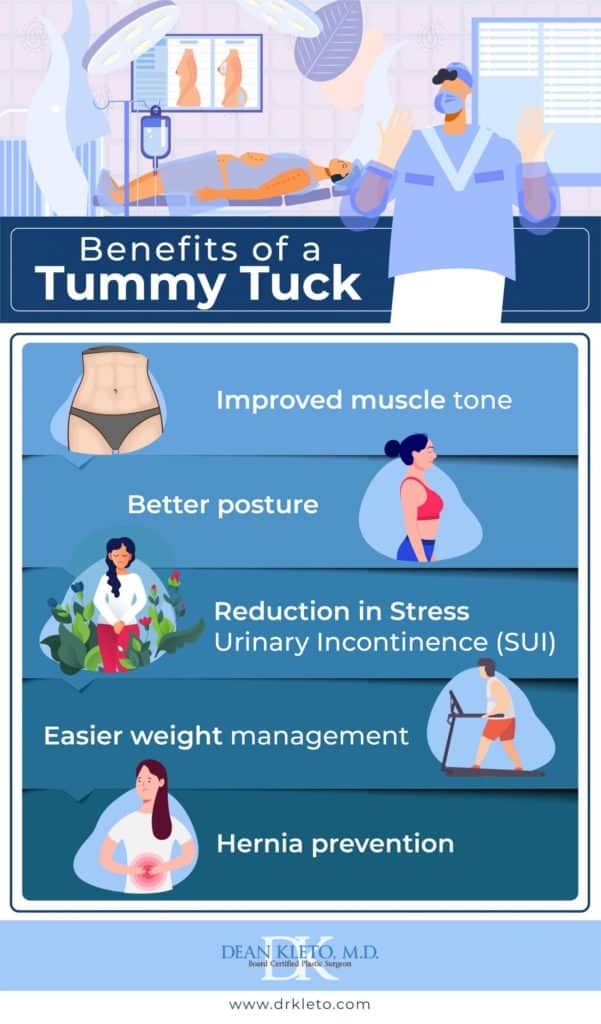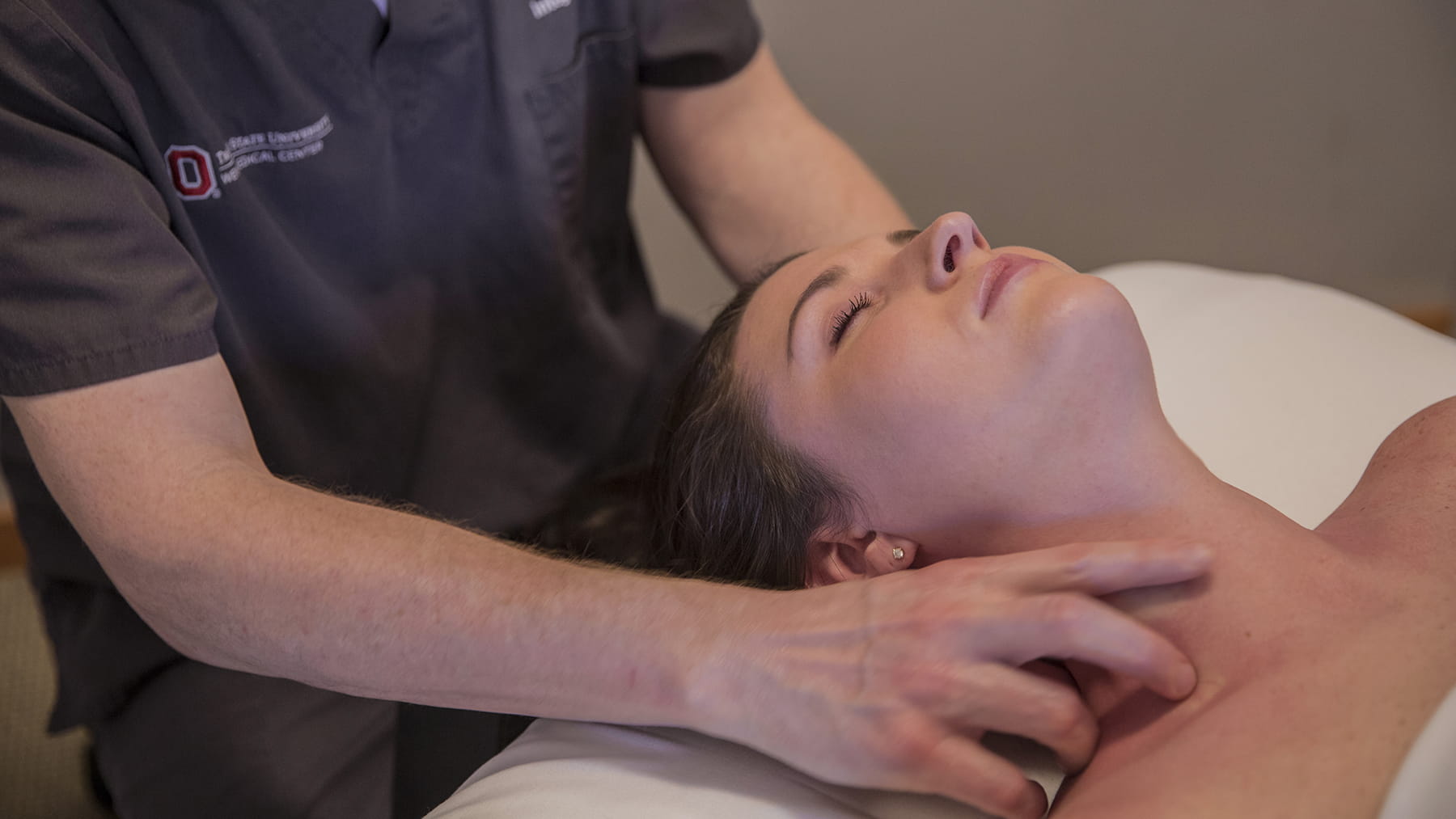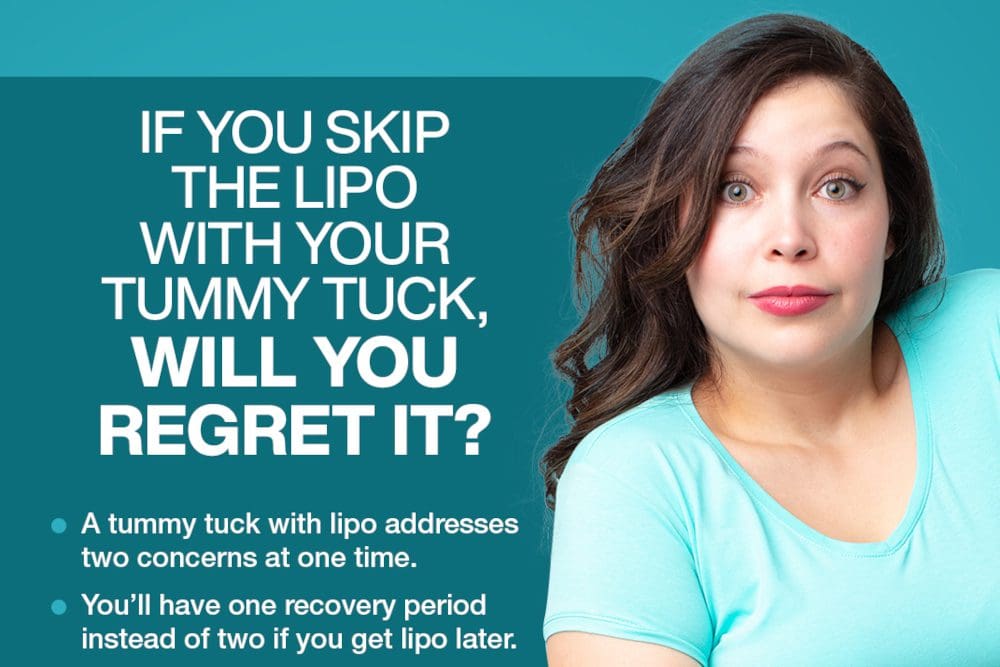How To Pay For A Tummy Tuck
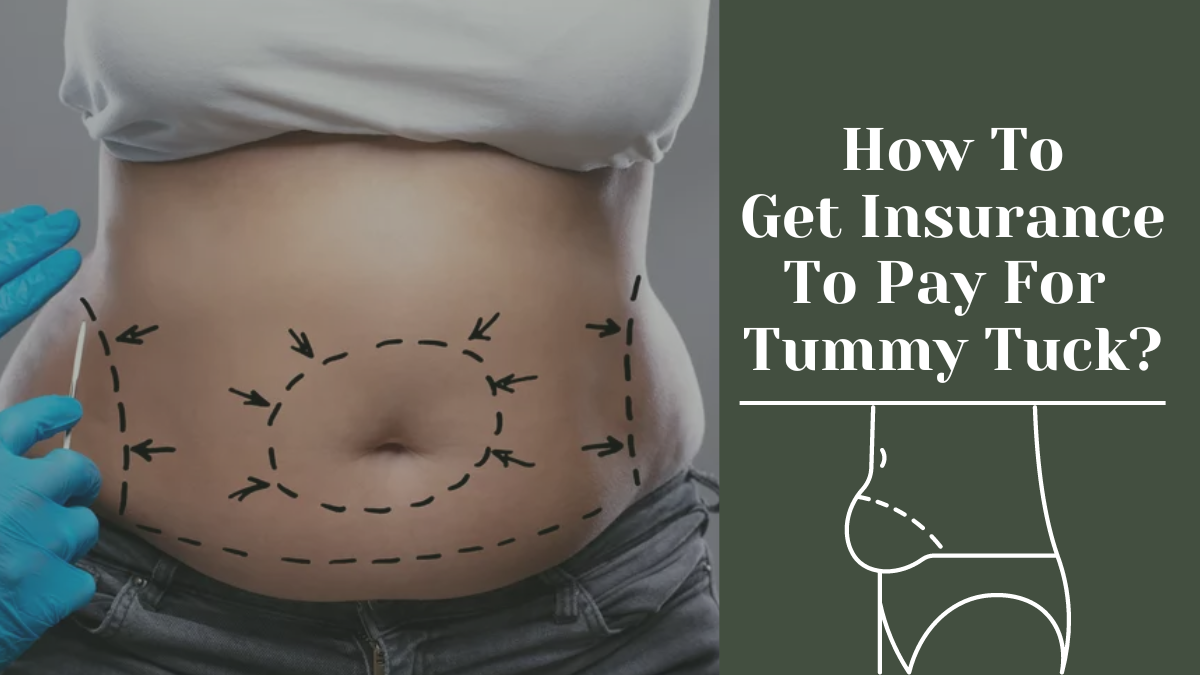
For individuals considering a tummy tuck, or abdominoplasty, a key concern is often the financial aspect. The procedure, designed to remove excess skin and fat from the abdomen and tighten abdominal muscles, can significantly improve body contour. However, it’s classified as cosmetic, leaving many patients responsible for covering the full cost.
Understanding the various payment options available is crucial for making informed decisions and achieving desired aesthetic goals. This article explores the common avenues for financing a tummy tuck, providing potential patients with a roadmap for navigating the financial landscape of cosmetic surgery.
Understanding the Costs
The average cost of a tummy tuck, according to the American Society of Plastic Surgeons, was approximately $6,608 in 2022. However, this is just an average and does not include anesthesia, operating room facilities or other related expenses. It is essential to remember that geography, the surgeon's experience, and the complexity of the procedure can also affect the final price.
A comprehensive consultation with a board-certified plastic surgeon is the first step to getting an accurate estimate. During the consultation, the surgeon can assess individual needs, discuss the specific surgical plan, and provide a detailed breakdown of all anticipated costs. This breakdown usually includes the surgeon's fee, anesthesia fees, facility fees, and any associated pre- or post-operative expenses like medications or compression garments.
Payment Options to Explore
Several payment options are available to help finance a tummy tuck, each with its own set of benefits and considerations.
Personal Savings
Using personal savings is often the most straightforward and financially sound way to pay for a tummy tuck. Paying with savings avoids accruing debt and the burden of interest payments. This option is best for individuals who have diligently saved and budgeted for the procedure.
Credit Cards
Credit cards offer a readily accessible payment method, but it's essential to consider the interest rates. High interest rates can significantly increase the overall cost of the procedure. If using a credit card, consider options with low introductory APRs or rewards programs that can offset some of the expenses.
Medical Financing
Medical financing companies specialize in providing loans for healthcare procedures, including cosmetic surgery. These companies, such as CareCredit and PatientFi, often offer payment plans with fixed interest rates and monthly payments. Qualification for these loans typically depends on creditworthiness and income.
Medical financing often comes with promotional periods of deferred interest. However, it’s crucial to carefully review the terms and conditions. If the full balance is not paid off within the promotional period, interest may be applied retroactively to the original loan amount.
Personal Loans
Personal loans from banks or credit unions represent another financing option. These loans typically offer fixed interest rates and repayment terms, allowing for predictable budgeting. Individuals with good credit scores are more likely to secure favorable loan terms.
The interest rates on personal loans can vary depending on the lender and the borrower's credit history. It's advisable to compare offers from different lenders to find the most competitive rates and terms. Some personal loans may require collateral, while others are unsecured.
Home Equity Loans or Lines of Credit (HELOCs)
Homeowners can leverage their home equity to finance a tummy tuck through a home equity loan or a HELOC. These options typically offer lower interest rates compared to credit cards or personal loans because they are secured by the borrower's home.
However, it's essential to be aware of the risks involved. Failure to repay the loan could result in foreclosure. A HELOC (Home Equity Line of Credit) provides a revolving line of credit, whereas a home equity loan provides a lump sum payment with a fixed interest rate.
Payment Plans Offered by Surgeons
Some plastic surgeons offer in-house payment plans. These plans may provide more flexible terms compared to traditional financing options. Inquire directly with the surgeon's office about available payment arrangements.
These plans might involve making a down payment followed by monthly installments over a specific period. The surgeon’s office will usually evaluate the patient’s creditworthiness and financial history to determine eligibility for such plans. Understanding the interest rates and repayment terms is crucial before committing to such plans.
Additional Considerations
Beyond the direct costs of the surgery, it’s also important to factor in other related expenses. These can include pre-operative medical tests, post-operative medications, compression garments, and time off work for recovery.
Insurance rarely covers tummy tucks unless they are deemed medically necessary, such as after significant weight loss resulting in excess skin causing chronic skin infections. In such cases, detailed documentation from a physician may be required to support the claim. However, it is still the patient’s responsibility to check with their insurance provider for exact details.
Making an Informed Decision
Choosing to undergo a tummy tuck is a significant decision, both personally and financially. Thorough research and careful planning are essential to ensure a positive experience. Consulting with multiple board-certified plastic surgeons and obtaining detailed cost estimates is crucial.
Exploring various financing options and understanding the associated terms and conditions is equally important. Weighing the pros and cons of each option will help individuals make informed choices that align with their financial circumstances and aesthetic goals.
Consider working with a financial advisor to assess long-term affordability and create a realistic budget. Prioritizing safety, choosing a qualified surgeon, and carefully managing finances will contribute to a successful and rewarding outcome.
